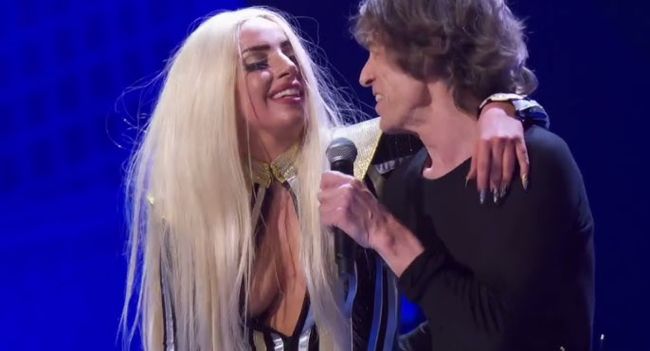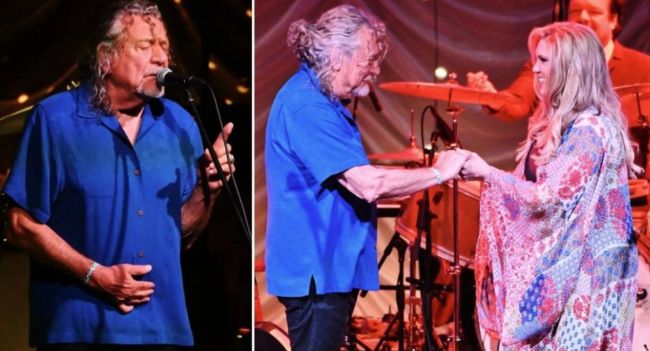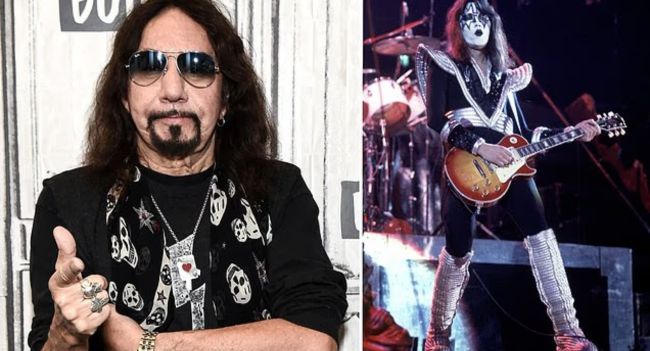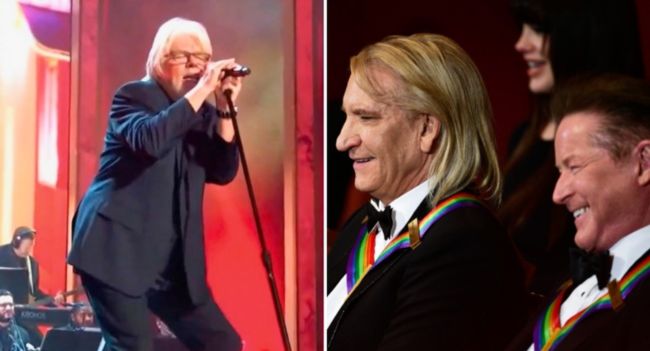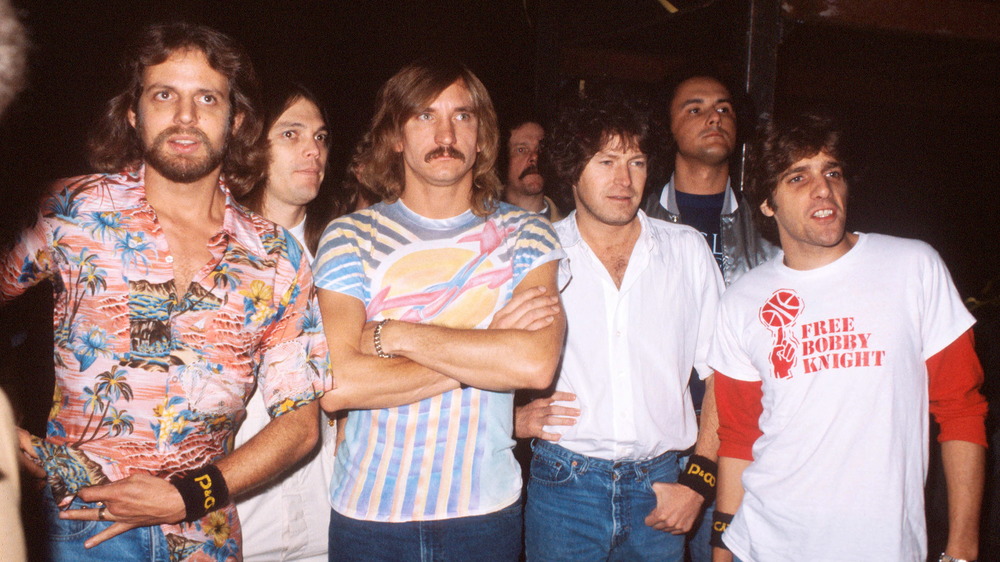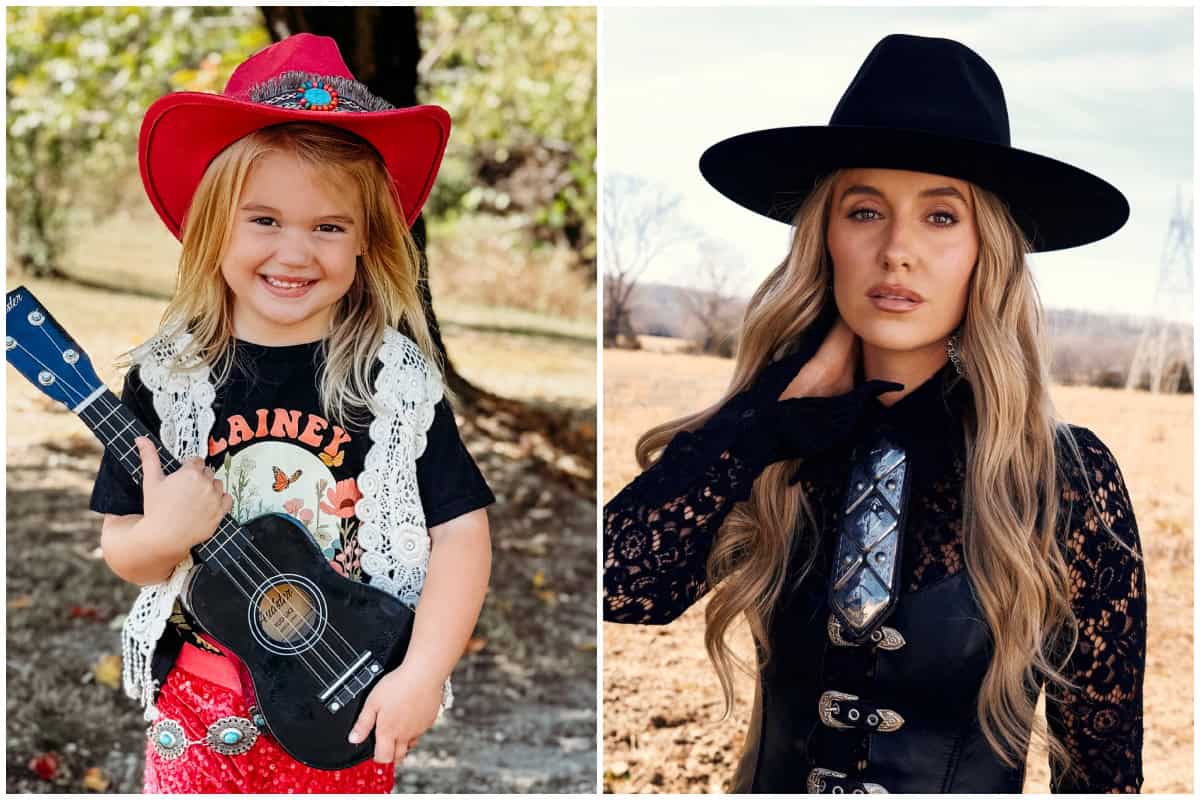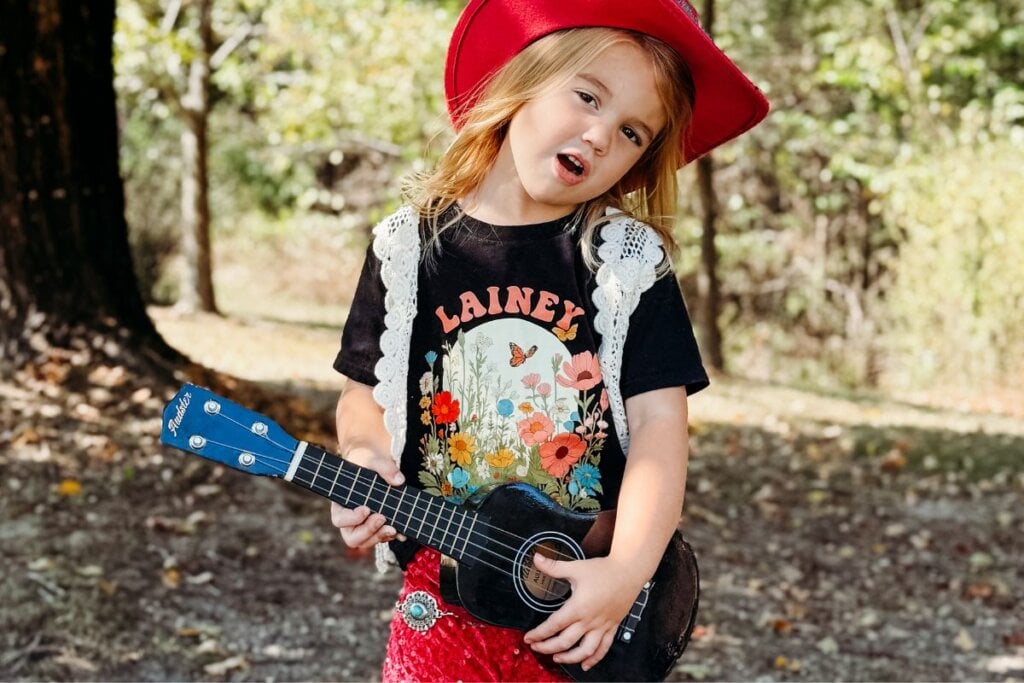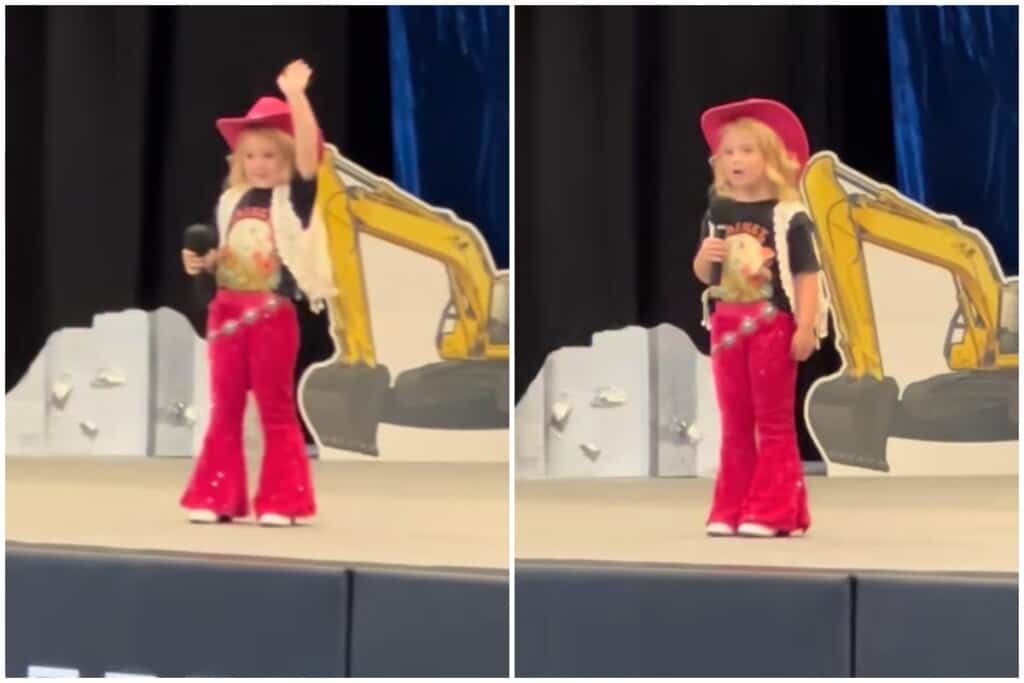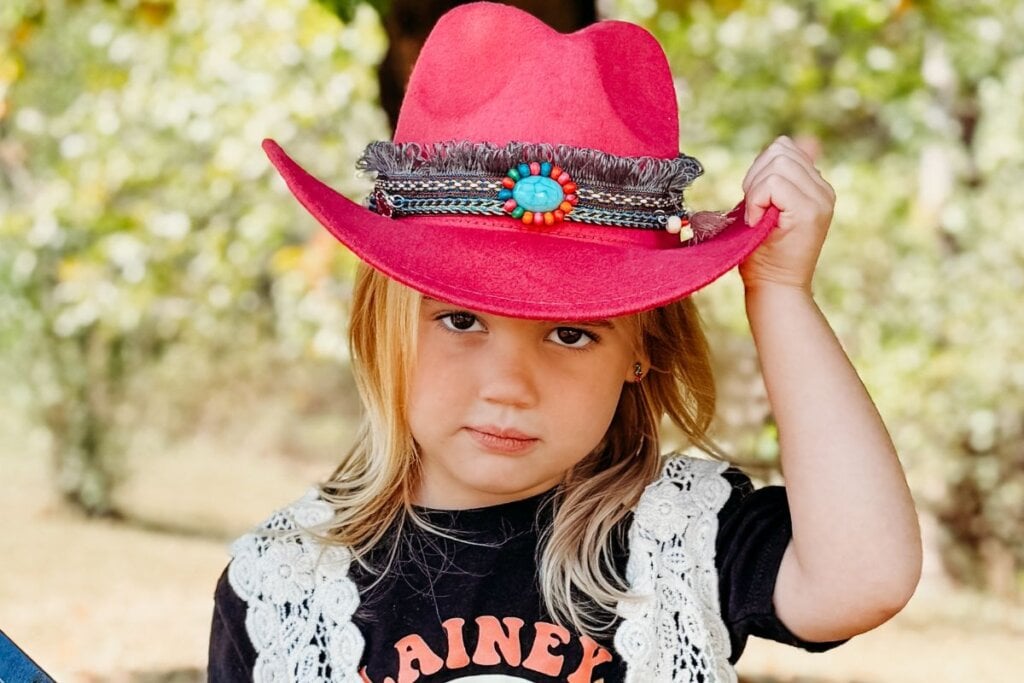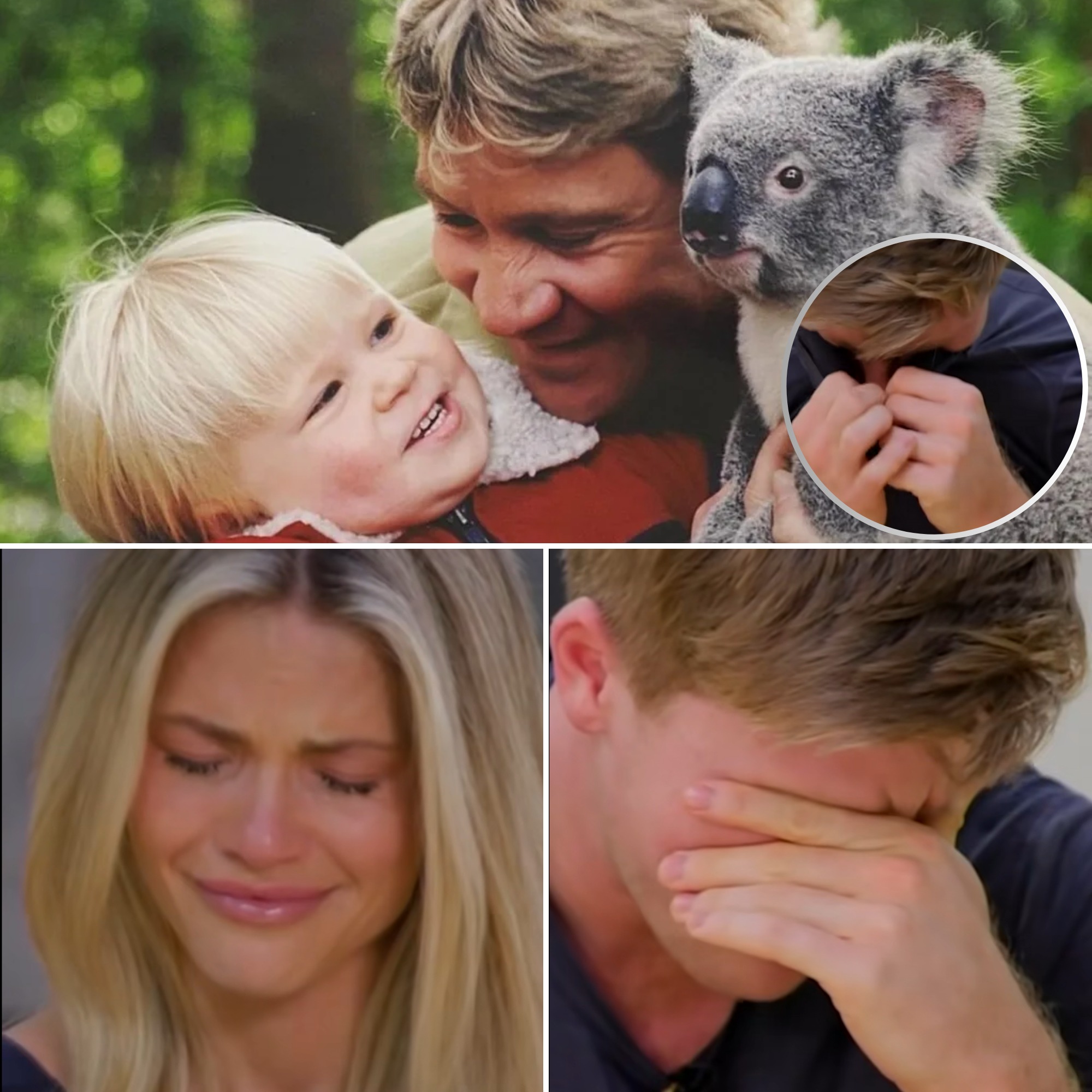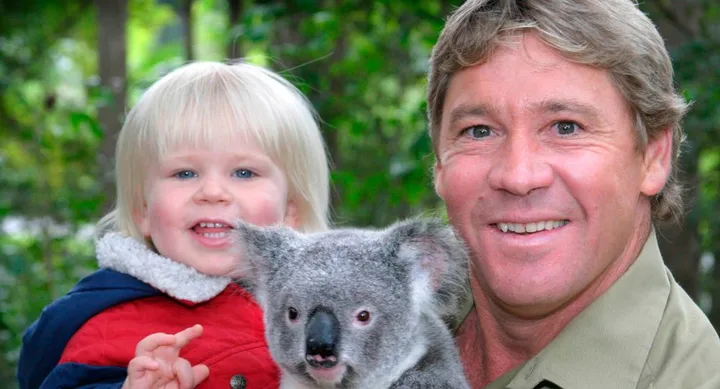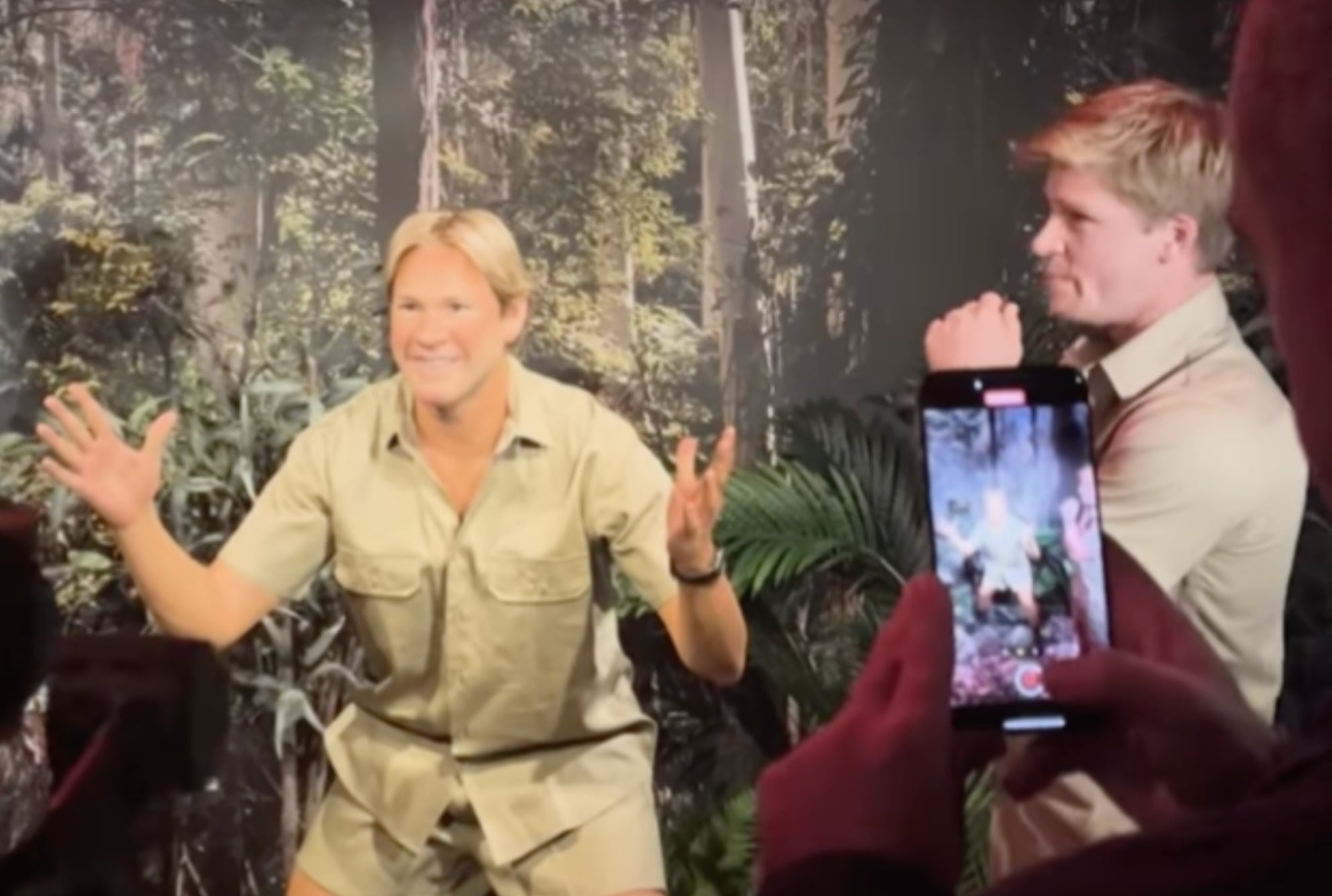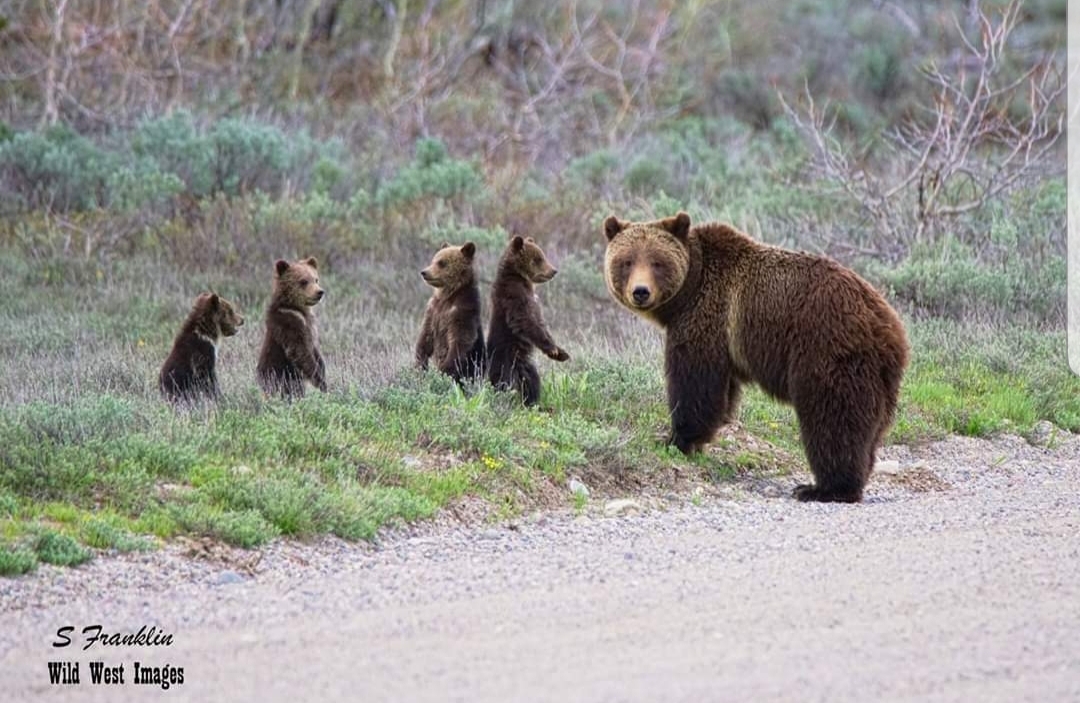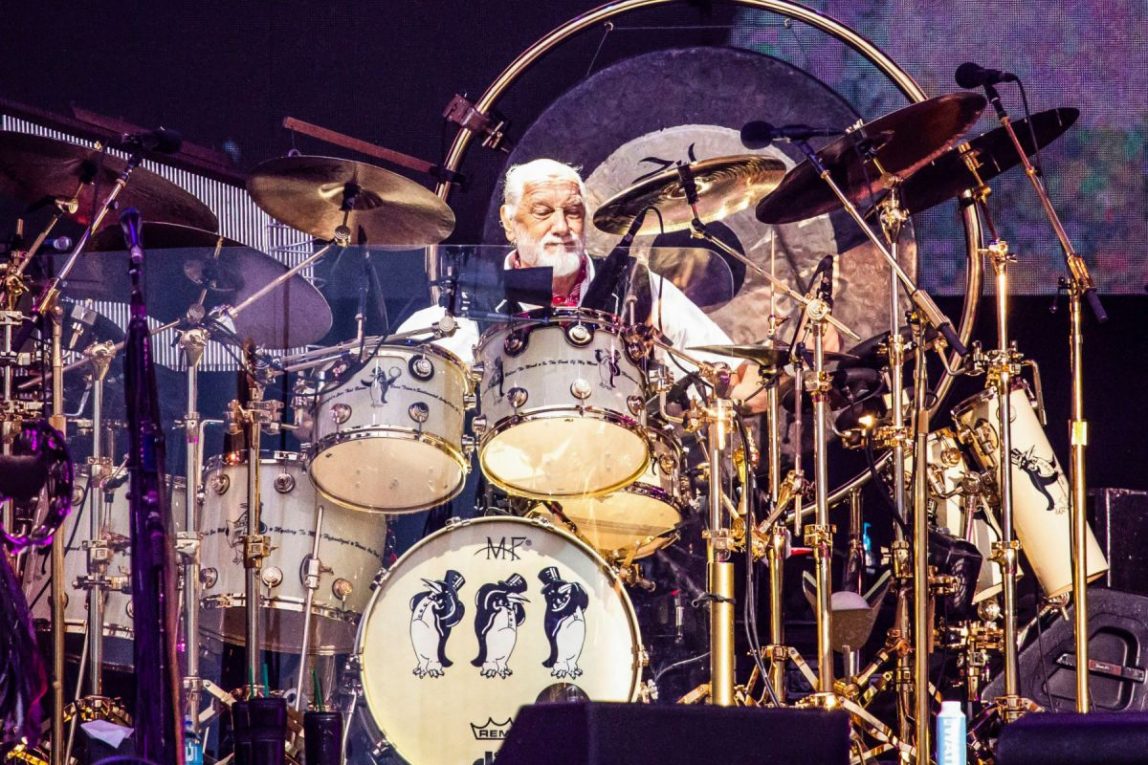Grand Teton’s matriarch, Grizzly 399, is perhaps the most famous grizzly bear alive. And she has recently performed a miracle, emerging with four new cubs! If there ever was a mom capable of commanding this tiny but vivacious army, it is the maestro mother, bear 399.
Her feat is remarkable for several reasons. For one, at the age of twenty-four, 399 is truly ancient. If 399 has not warranted a proper name before now, maybe Sarah is fitting, in reference to the biblical character who gave birth at 90.
But quadruplets? Among the rarities that can be seen in Yellowstone, a litter of grizzly bear quadruplets is right up there with an eruption of mercurial Steamboat geyser, the tallest of all. Indeed, only eight litters of quadruplets have been documented since 1983 in the Yellowstone ecosystem.
Grizzly 399 has created magic once again — and just in time.
To her fans, the sight of 399 and her new family transformed a season of tedium and anxiety into a time of celebration. After months of lockdown, the wonders of the natural world have seldom seemed so precious. Spring is bursting forth with a superabundance of wildflowers as seeming redemption for our social isolation, and as fitting welcome for an amazing bear whose life has enriched families from across the country who have been fortunate enough to see her.
What helped make Grizzly 399 so famous is her tolerance of people. She has also taught generations of cubs how to live amicably near roads and recreational areas. Her main reason for settling into these human-impacted environments is to keep her cubs safe from aggressive boars that often prefer to hang out in more remote areas. For her and other female grizzlies who frequent roadsides, staying near people is a better bet than mixing it up with boars that can and will kill cubs.
To these bears, people are allies – even, at times, babysitters. For thousands of years, Native Peoples throughout the world have left us stories about human beings living side by side with bears, saved by bears, even marrying bears. No wonder. We share so much with bears — the ability to stand upright, eat the same foods, and nurture our offspring for extended periods of time. We are reminded of the challenges all moms face as we watch the placid 399 keeping track of her babies with their boundless curiosity, guiding them across streams, or teaching them the art of digging biscuitroot.
We know more about 399 than most grizzly bears because she has lived her life so close to us. (Tom Mangelsen and Todd Wilkinson wrote a lovely book about her too). A successful and attentive mom, 399 is the quintessential mother with muffins in the oven. This is her sixth litter, of which three were triplets.
Thankfully, the Park Service embraces bears like 399. With the help of volunteers and rangers, Grand Teton and Yellowstone are doing their best to ensure that everybody, bears and humans, stays safe – through social distancing.
The Perils of an Olympian Mom
But when 399 steps outside the borders of the National Parks, she enters a much more dangerous world. On neighboring non-park land vital to the survival of these bears, policies are dictated by the state of Wyoming. Wildlife managers here have a far less inclusive view of grizzlies. Wyoming Game and Fish Department (WGF) views large carnivores, not only as competitors for elk and moose that would otherwise be the source of hunting-license revenues, but also as little more than grist for the mill of sport hunting.
This cynical and transactional view of bears is rooted in various causes, including a deep-seated impulse to instrumentalize wildlife, a devotion to the ethos of hunting, and dependence for revenues on taxes from sales of arms and ammunition and sales of licenses to hunters.
Not surprisingly, after federal endangered species protections were stripped from Yellowstone grizzlies in 2017, Wyoming planned a sport hunt of grizzlies that would have allowed hunting right up to the borders of national parks. Fearing a public backlash if 399 were killed by a hunter, WGF reluctantly created a no-hunt buffer zone that barely encompassed her known range. But the zone did not include habitat used by her similarly unafraid offspring – or any other bears for that matter.
In September 2018, some hunters were already afield when a federal judge stopped the grizzly bear hunting season – just two days before it was scheduled to begin. Shortly afterwards, he restored endangered species protections to the Yellowstone grizzly population.
Hunting was not the only threat posed by delisting to 399’s clan. State managers said they also planned to haze or kill roadside bears. WGF’s large carnivore specialist, Dan Thompson, succinctly described the reason why: “Habituation towards people and the roadside bear situation, it’s not something that we’re supportive of.”
These regressive attitudes central to the culture of WGF underscore why federal protections are vital to 399 and her family. But even with safeguards provided by the ESA, grizzlies rarely die of natural causes. Roughly 80% of all the adolescent and adult grizzlies that die each year are killed by humans, according to government researchers.
We should never forget that the fate of grizzlies is in our hands. Nor should we forget the difference that one good mom can make, provided we let her and her kids live. The entire Yellowstone grizzly bear population could be built on as few as 50 fertile females alive during the early 1980’s. Every mom matters. And a female such as 399 is an Olympian.
But despite her competence as a mother, so far 399 has replaced herself just once with a female who has also had cubs: Grizzly 610. The reasons are pretty straight-forward. Grizzly bear birth rates are inherently low and many of 399’s offspring have been killed by humans.
I have spent years scrutinizing reports that describe grizzly bear deaths — not an undertaking for the faint of heart. Most of the deaths look as if they could have been — should have been — avoided, a conclusion confirmed by the US Fish and Wildlife Service.
Among these are the tragic deaths of four of 399’s offspring. These deaths also illuminate some of the biggest threats to grizzlies in the Yellowstone ecosystem: poaching, cars, livestock-related conflicts, and managers’ gaffs.
The Tale of Grizzly 615, Persistence
Grizzly 615, a daughter of 399’s, was diminutive and shy. And she assiduously avoided barbeques, birdfeeders, and the many human attractants in Jackson Hole. Dubbed “Persistence”, the one thing 615 could not persist was bullets at close range.
In 2009 she was shot illegally by Stephen Westmoreland as he was out hunting on National Forest land near Jackson. She was feeding on the remains of a moose that had been killed by another hunter and stood up to look at Westmoreland as he walked by about 40 yards away. He proceeded to shoot 615 repeatedly in the chest and abdomen, later claiming self-defense.
Astonishingly, this case went to trial – which almost never happens, especially in Wyoming.
A modicum of justice was done in that Westmoreland was convicted by his peers of poaching. But rather than being fined $10,000 and spending significant time behind bars — all allowed for under the law — he only paid a $500 fine and walked away, which speaks volumes about how grizzlies are valued in Wyoming’s legal system.
The Story of Grizzly 587: Of Bears and Cows
In 2013, Grizzly 587, a son of 399’s, was killed by WGF officials in the Upper Green River area east of Jackson because he had developed the habit of eating cows grazing on US Forest Service pastures. Notably, all of these cows were owned by local ranchers who benefit from cut-rate grazing fees heavily subsidized by tax-payer dollars. The Upper Green area is at the juncture of vast wilderness areas, yet it has become the ecosystem’s epicenter of conflicts between grizzlies and ranchers.
Former Bridger-Teton National Forest biologist Timm Kaminski has called the Upper Green an “ecological trap” – a place that attracts bears and wolves because of an abundance of natural food and secure habitat, but where they end up being killed because relatively helpless cows are dumped on the landscape with little oversight. The heart of the problem here is not bears but rather human ignorance and resistance to change.
Many ranchers peacefully work out their differences with grizzly bears without much fanfare, often with the help of livestock guardian dogs, riders, electric fence, and commonsense husbandry practices. That is not the case in the Upper Green. The tool of choice among these wealthy ranchers seems to be the telephone. Calls to Wyoming’s governor and high-level administrators often succeed in pressuring wildlife managers to kill bears.
Ranchers in the Upper Green were again recently rewarded for their behavior when the US Fish & Wildlife Service decided to allow for killing 72 grizzlies in this area during the next ten years, while at the same time not requiring any changes in how ranchers operate on Forest Service grazing allotments. Not surprisingly, conservationists have sued to stop the plan.
Although wildlife managers might argue that 587’s death was justified, the death of 760 clearly was not.
Grizzly 760 was the grandson of Grizzly 399 and son of 610. Handsome and joyful, Grizzly 760 was often described as “the perfect gentleman.” In 2014, he was killed by Wyoming officials in Clark, Wyoming, after he ate a freshly-killed deer that a hunter had left dangling on a pole.
Grizzly 760’s troubles began when he showed up in a high-end Jackson subdivision and was removed for “public safety” reasons. Records show that this young bear had never obtained food from humans — in other words, Grizzly 760 never had committed an offense sufficient to prompt being trapped and hauled off to a far corner of his world.
But he was drugged and moved anyway to be dropped off near Yellowstone National Park’s east entrance—in October when he needed to pack on pounds for winter. Moreover, in contravention of government guidelines designed to maximize the chances that a translocated bear would survive, Wyoming officials dumped Grizzly 760 among a veritable hive of bears.
Not surprisingly, Grizzly 760 quickly made his way to a community of people that his life experience had taught him would be hospitable. Behind a home in Clark, he found the deer. To Grizzly 760 a hanging deer quarter was clearly dinner – not unlike the elk gut piles that hunters conveniently left behind back home.
The deer remains could just as well have been bait. The owner of the deer had not taken reasonable precautions to “bear proof” it. After dining on venison, Grizzly 760 tried to guard the rest from its putative owner, who tried to push him away with a truck. To Grizzly 760 trucks were old hat. He was undeterred.
In response to Grizzly 760’s behavior, impeccable by bear logic, Wyoming’s officials killed him — a bear who had never committed any one of the three cardinal sins that typically warrants death: depredating food that had been reasonably secured; displaying aggressive, non-defensive behavior; or injuring or killing someone.
Within days, the officials involved in this fiasco tried to rewrite Grizzly 760’s history, painting him as a dangerous “food conditioned” bear. But over time his fans came to rescue his reputation, celebrating him with poems, video, testimony…and the truth.
Although Grizzly 399 could not have known what happened to 615, 587 and 760, the death of her baby Snowy clearly broke her heart.
The Saga of Snowy
In 2016, Grizzly 399 emerged with a blond-faced cub that was quickly nicknamed Snowy. Her admirers had been holding their breath because during the previous fall a Wyoming man claimed to have illegally and maliciously killed 399.
But just a month after emerging from the safety of the den, Snowy was struck by a car and killed. Grizzly 399 promptly drug the cub’s body away from the road. After 399 had wandered away from the cub’s side, Park Rangers removed the corpse. Photographers described a gut-wrenching scene that lasted for days as the grieving mother frantically birddogged the sagebrush looking for her cub.
And Snowy will not be the last to die this way. More and more grizzlies are being killed by cars each year as traffic mounts throughout the region.
Inside Grand Teton, the Park Service can and does close roads to protect 399 and other roadside bears. But this is less of an option outside park boundaries, such as on Togwotee Pass east of Jackson, where another famous grizzly nicknamed Felicia is making her living along a highway.
Of Felicia: Bear Mom in a Danger Zone
The stolid 399 could not be more different from Grizzly 863, aka Felicia, who my husband, Dr. David Mattson, has described as “a bear’s version of the young woman who got in trouble with the law and ended up a single mom in a rough neighborhood trying to scrape together a living while fending off predatory males.” By the time she was 3 years old she had already been trapped, drugged, and handled by humans twice.
Last year, she emerged with her first litter of two cubs, but has since lost them both. Wyoming officials tried to haze her from the roadside where she had settled – a move that failed most likely because she was more terrified of male bears in the backcountry that might eat her cubs than she was of the poorly implemented and ill-thought-out hazing efforts.
State officials were aggrieved, not only with the bear but the whole roadside bear watching phenomenon. Last summer, Brian DeBolt of WGF accosted a photographer who had been watching her and the hazing operation, saying “f..k you photographers.”
Thankfully, this summer the Forest Service has hired a roadside bear ambassador who is trying, with the help of volunteers, to manage the crowds now watching Felicia consort with a male bear. Other grizzlies will undoubtedly follow in Felicia’s footsteps. Because this is a state highway bisecting 60 miles of wild National Forest land, managing roadside bears will be much more challenging here than in Grand Teton Park. A major coordinated effort among state and federal agencies is warranted, possibly including a system of highway overpasses and underpasses that have proven to be effective in Alberta’s Banff National Park and in Europe.
Taking Our Bearings
There is much to learn from these tales. As I have discussed elsewhere, we need better law enforcement that reflects the extent to which we collectively value these animals. Managers also need to punish rather than reward bad actors, including inside the government, as highlighted by 760’s death. And we must address the threat of mounting car traffic.
But the biggest problem is the culture and financial dependencies of state wildlife agencies. Protections afforded by the Endangered Species Act would not be so critical were it not for the fundamental hostility of the states to grizzlies – and even to those who love them. Despite growing demand for a more compassionate approach to wildlife, state managers are clinging to a past era of dehumanized connections with nature, wherein wild animals are mere objects or quotas to be filled during a hunting season. If federal protections are again stripped, we would soon see Wyoming—along with Montana and Idaho—open a grizzly bear sport hunt.
This does not have to be so. Through fiscal reforms, other states – including relatively poor ones such as Arkansas and Missouri — have moved beyond financial dependencies on hunters to rely on other funding sources, including wildlife watchers. As a result, these states have increasingly prioritized conservation of so-called “non-game” species. We need to make similar changes in the Northern Rockies, where tourism and wildlife watching have replaced extractive industries as the engines driving the health of our economy.
Just as Grizzly 399 is busy teaching her four little ones how to navigate the topside world, she has much to teach us — about tolerance, equanimity and being a good mom. Watching this Olympian bear mother and her family graze sedges or nap in the shade of cottonwoods – magical in the ordinariness of it all – we can feel reconnected with the natural world and ourselves.
Grizzly 399 reminds us that a reciprocal relationship with nature — even with a large carnivore — is still possible. In making the risky choice to trust us with her fate and those of her cubs, she is also challenging us to return the favor with a spirit of generosity. The lives and deaths of Grizzly 399’s clan remind us too how far we have to go to reform the institutions that govern their fate – and that of hundreds of grizzlies that define the wild heart of the Northern Rockies.

